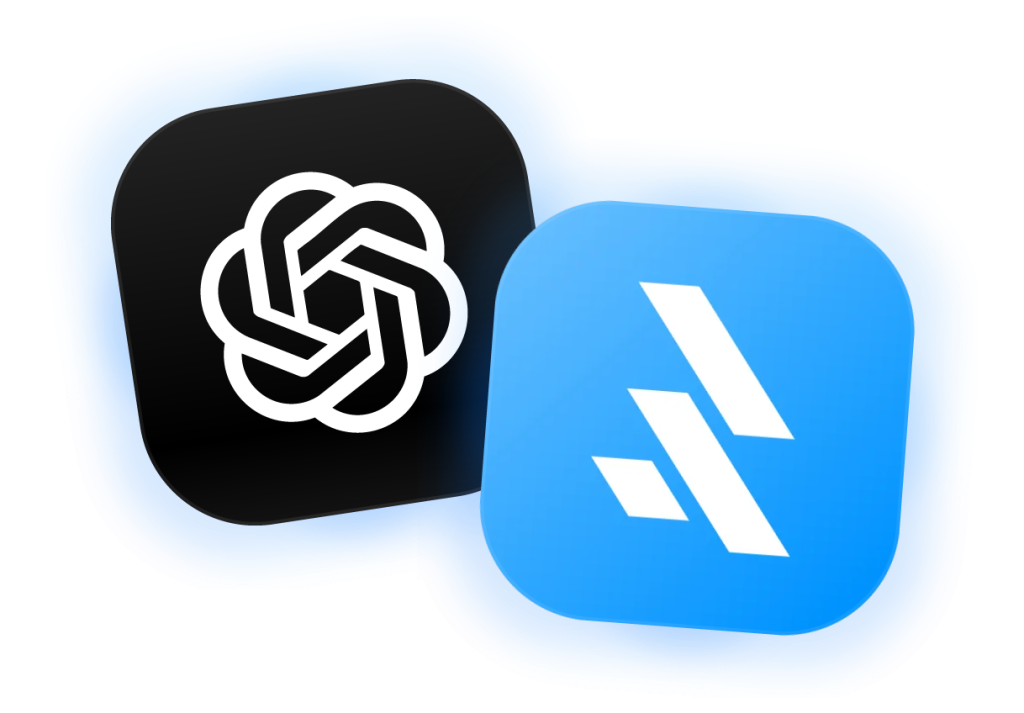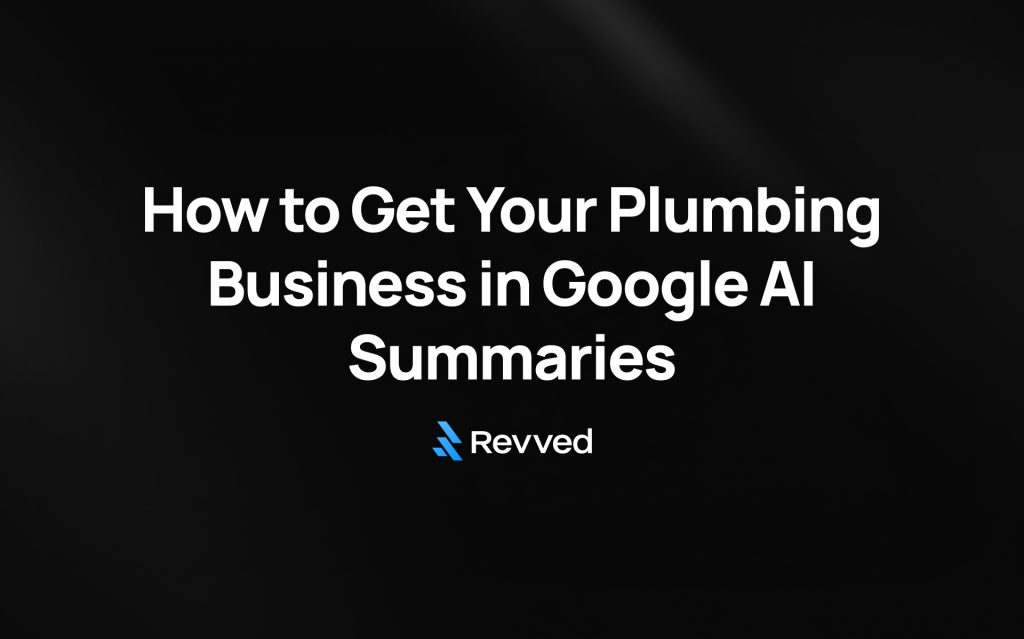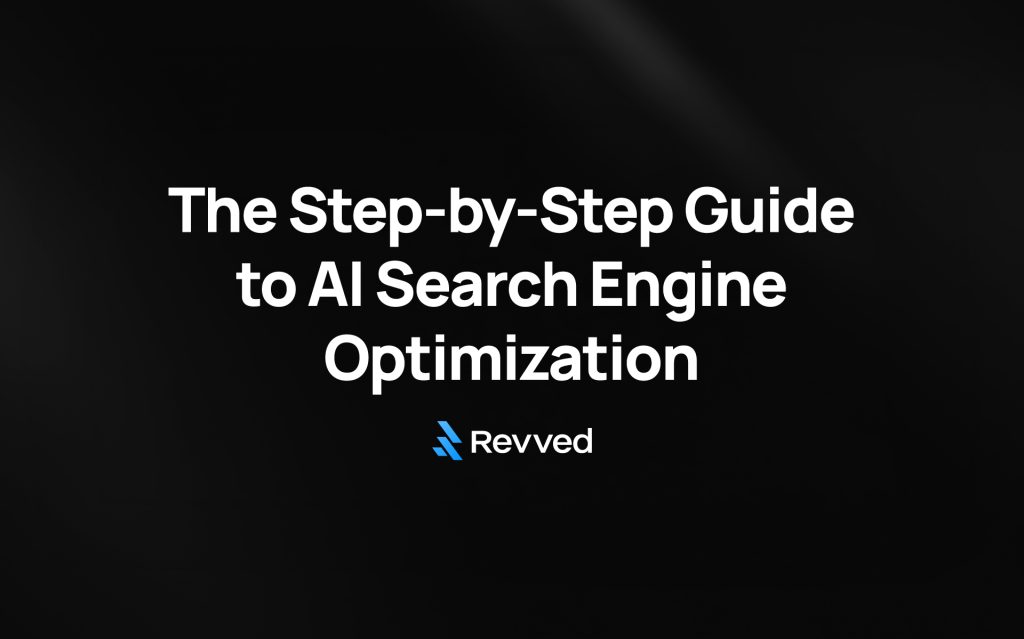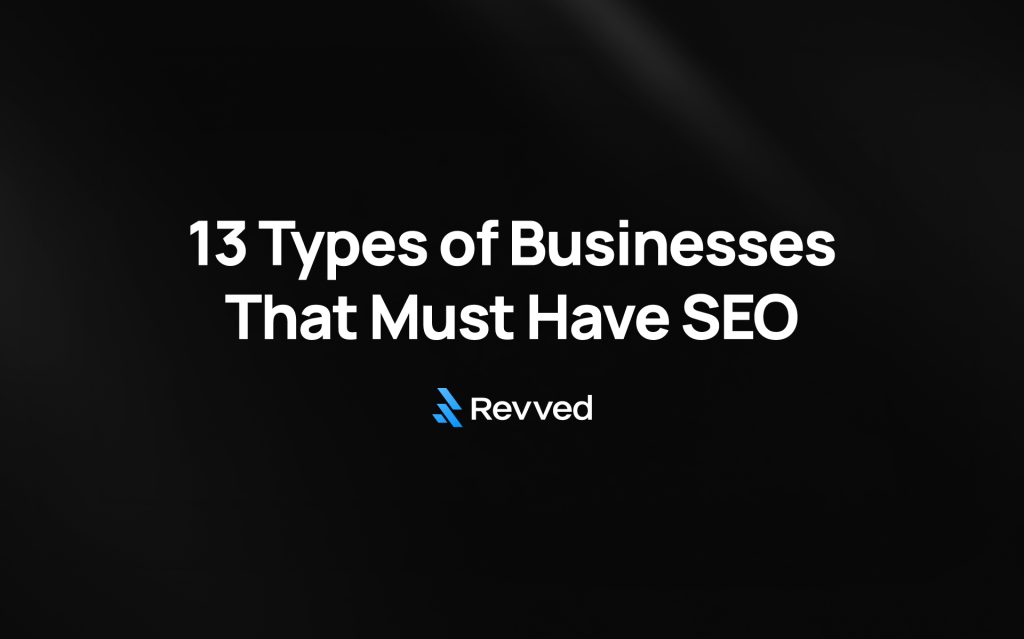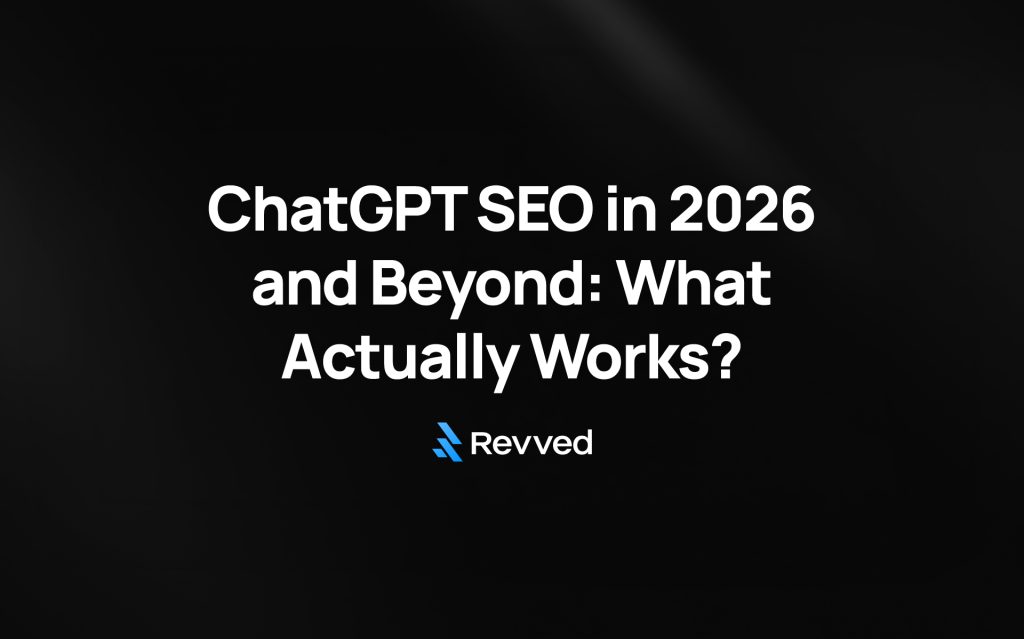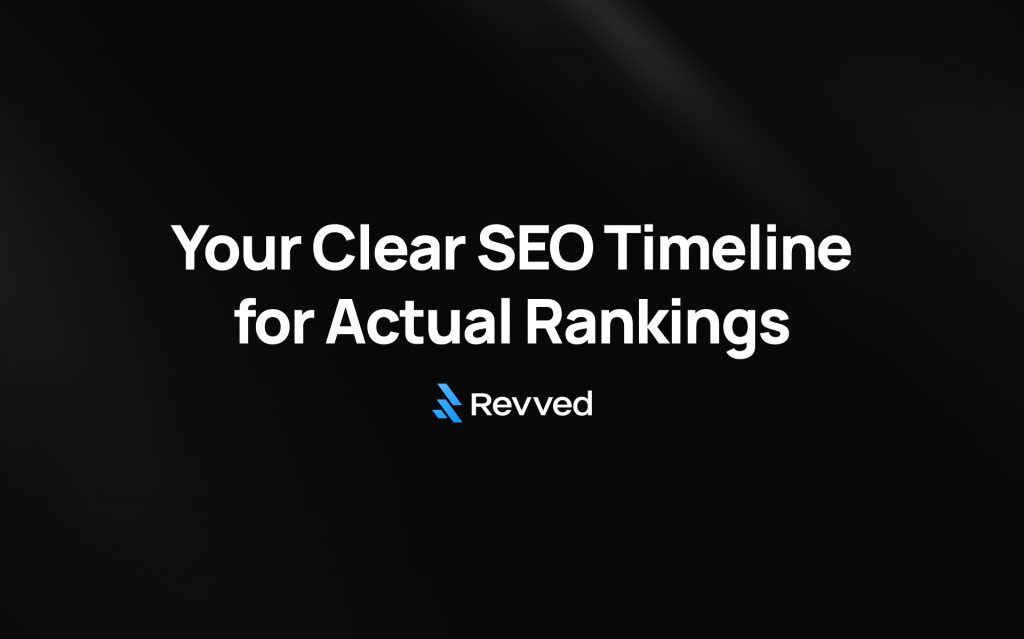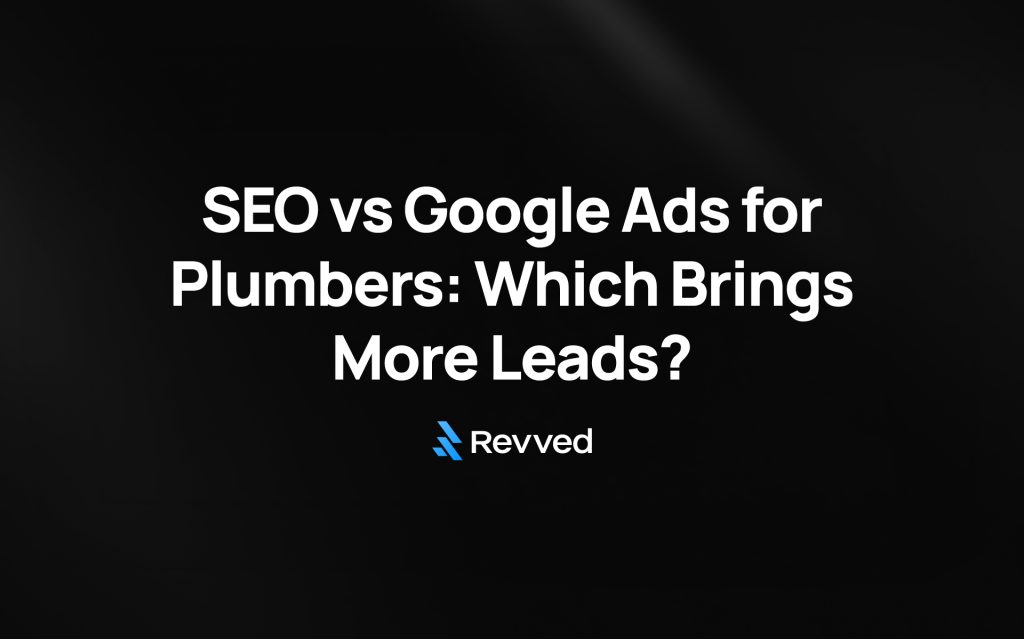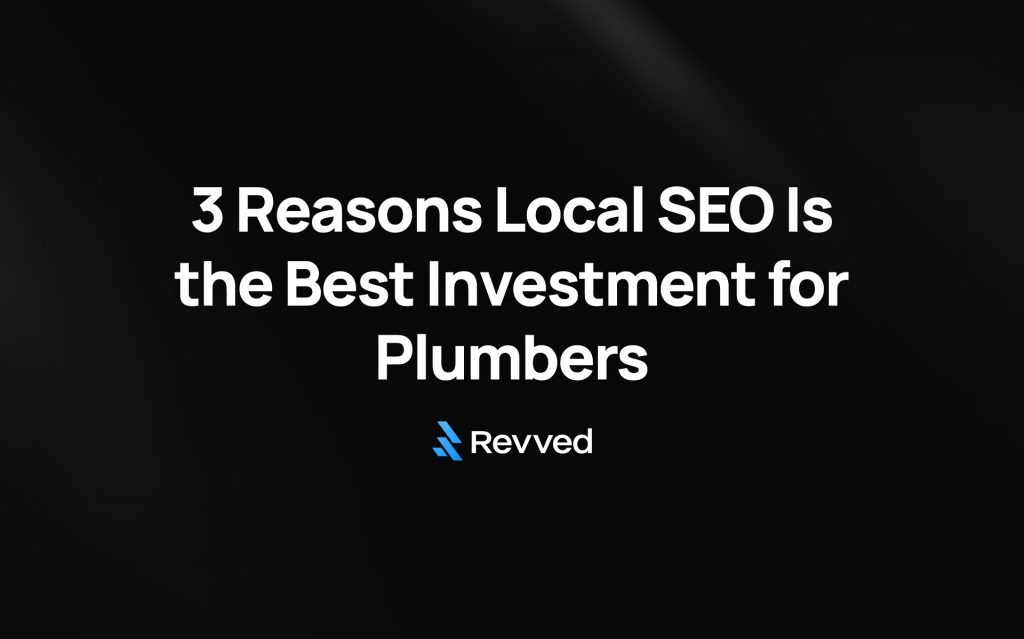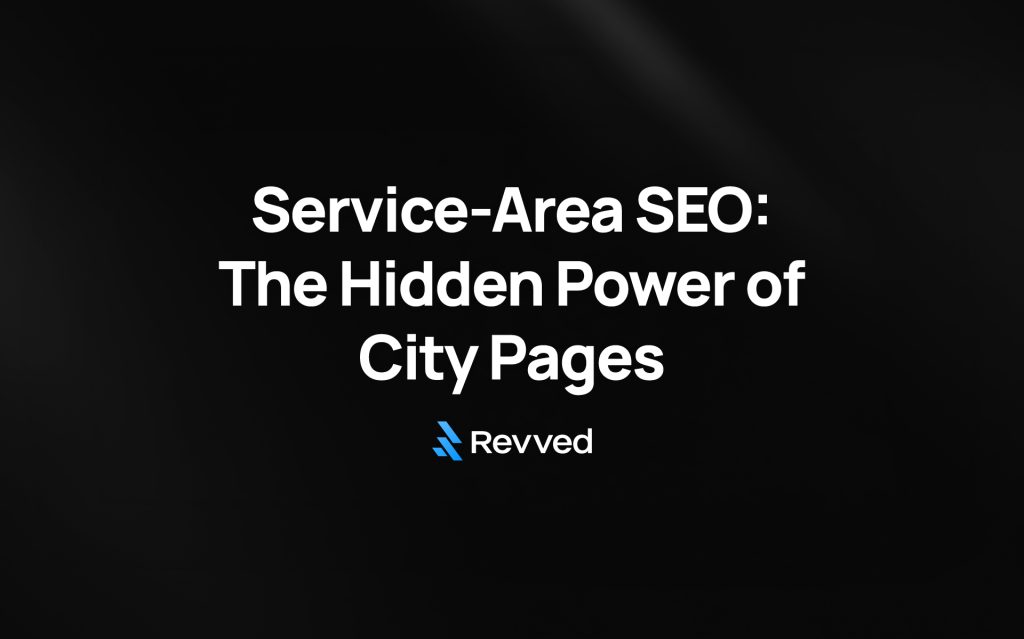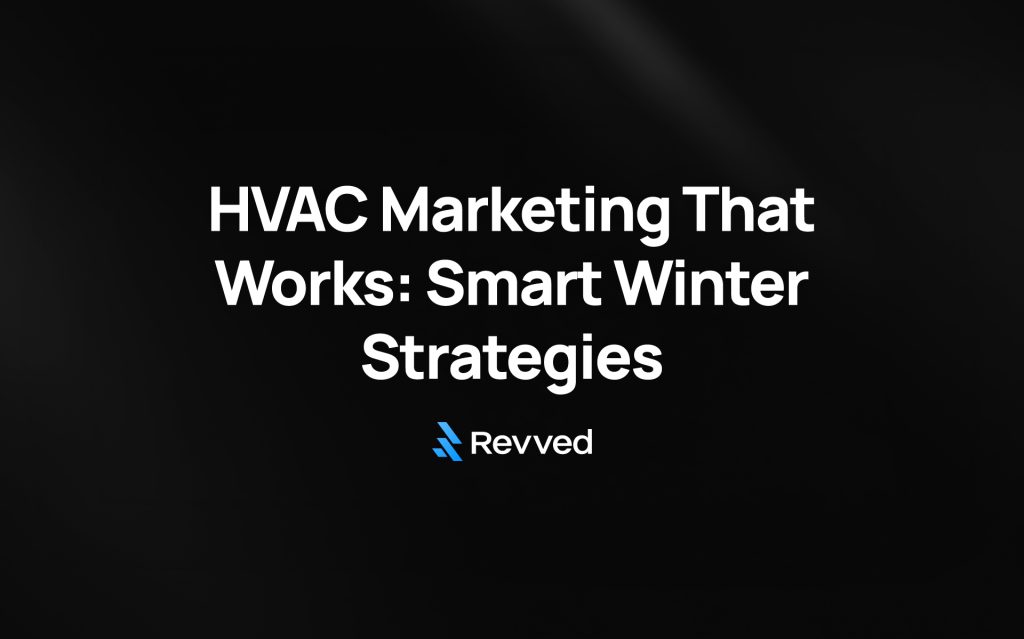Your plumbing business’s online visibility depends on Google AI summaries optimization. The numbers tell an interesting story. AI-driven tools now handle 40% of consumer searches, and businesses that don’t optimize could lose a quarter of their organic traffic.
The Google search landscape looks completely different now. Users see AI Overviews powered by Google’s Gemini model instead of traditional link lists. The data shows AI snippets appear for 18,455 keywords – that’s 18.45% of all studied keywords. This number keeps growing as the technology expands.
Local mobile searches bring excellent results for plumbers. They convert 80% of the time and perform better than other marketing channels by a lot. Your business needs to show up in Google AI summaries to reach these ready-to-buy customers.
Success with Google AI optimization requires understanding these systems well. They focus on user intent, especially when you have searches that look like natural questions or conversations. Search results have changed for phrases like “how to fix a leaking pipe” or “best emergency plumber near me”.
Let’s explore how your plumbing business can appear in these valuable AI summaries. We’ll show you the exact steps to stay visible as search evolves.
Why Google AI Summaries Changed the SEO Game
Google has completely changed how search works and altered the map of online visibility for plumbing businesses nationwide. The classic list of blue links is changing faster to a new search experience that needs new optimization strategies.
How AI Overviews replaced traditional search results
Google universally rolled out AI Overviews on May 14, 2024. The system runs on its Gemini 2.5 model. This wasn’t just another algorithm update but a complete redesign of how users see search results. Google now shows detailed AI-created summaries at the top of results pages for many queries instead of simple link lists.
Studies show a significant change in user behavior after this update. AI Overviews boosted usage by over 10% for applicable queries in major markets like the U.S. Users who get more familiar with direct answers tend to use this feature even more.
The numbers tell a compelling story. Only 8% of users clicked on a traditional search result link after seeing an AI summary. This major change means plumbing businesses must rethink their online visibility strategy.
Why zero-click searches matter for plumbers
A zero-click search happens when someone gets all the information they need right on the search results page without visiting a website. Potential customers often search “plumber near me,” see your Google Business Profile with reviews and contact details, and call you directly.
Zero-click searches create valuable chances for plumbing businesses. Here are some facts to back this up:
- Local mobile searches lead to offline purchases 78% of the time, which shows the strong link between local SEO and actual business
- Mobile searches with local intent convert at 80%—much higher than other digital marketing channels
The scope of zero-click results keeps growing. Research shows about 60% of searches now end without clicks as AI-generated answers meet user needs directly on the results page. Smart plumbers who optimize their online presence can turn this into an advantage.
The rise of generative engine optimization (GEO)
Generative Engine Optimization (GEO) naturally grew from SEO to work with AI-powered search tools like Google’s AI Overviews. Traditional SEO focuses on keywords, backlinks, and ranking pages. GEO helps AI pull your content directly into answers and summaries.
GEO gets your business quoted and recommended within AI-generated responses instead of just ranking your website. This key difference changes how plumbing companies should handle their digital presence.
A Financial Times report shows that 80% of consumers use AI-driven tools for nearly 40% of their searches. Plumbing businesses could lose up to 25% of their organic traffic without proper GEO strategies.

Enter your website below to start your proposal request!
AI Overviews heavily rely on structured data to understand business information. Service-specific schema helps Google grasp your plumbing expertise. FAQ schema has become crucial for inclusion in AI Overviews. Google’s AI can use your answers to common plumbing questions when your website provides them in a structured way. This positions your business as an authority.
The core goal remains unchanged – connecting with customers who need your plumbing services. The path to reach them has completely transformed.
Understanding How Google AI Summarizer Works
Your plumbing business needs to adapt to Google’s evolving search environment. You need to know how AI summaries work. Google’s AI summarizer follows specific rules that decide when these summaries show up and which content makes the cut.
What triggers AI summaries in local search
Local queries don’t trigger AI overviews as often as national terms. This creates both challenges and opportunities for plumbing businesses. One industry expert points out, “Local queries rarely trigger AI overviews, so this feature is not currently impacting local plumbers”.
All the same, the digital world is changing faster. By 2025, local service businesses like plumbing companies will compete with both nearby contractors and AI-driven search results. Searches with local intent now get AI-generated responses more often, especially when people need specific solutions.
Let’s think about this: AI Overviews appear more often in local searches when people need immediate solutions to specific problems. To name just one example, when someone looks up “water heater leaking what to do,” Google’s AI creates complete responses with emergency steps, cost estimates, and local business recommendations.
Types of queries that generate AI Overviews
Google’s AI responds well to certain query types that plumbing businesses should optimize for:
- Direct questions – Google’s AI pays close attention when someone uses who, what, where, when, and how. Plumbers might see questions like “how to fix a running toilet” or “what causes low water pressure.”
- Implied questions – Search terms that don’t look like questions but seek information, such as “symptoms of a broken water heater”.
- Complex multi-part queries – Questions that need information from different sources, like “best water-efficient toilets for small bathrooms under $300”.
- YMYL topics – Your Money Your Life queries about safety, finances, and health get extra scrutiny from Google. Plumbers might see queries like “safe water temperature for homes with children.”
- Comparison searches – People comparing products or services, such as “tankless vs. traditional water heater costs”.
You should first identify which query types your customers use most. Creating content that matches these formats will boost your chances of appearing in AI summaries.
How AI selects content to feature
Google’s AI uses specific criteria to pick content for its summaries. The process isn’t random at all.
The AI prefers content from websites that show E-E-A-T (Experience, Expertise, Authoritativeness, and Trustworthiness). Plumbing businesses should highlight their credentials, experience years, and professional certifications.
On top of that, structured data helps AI understand your content better. Google’s official documentation states: “Structured data is useful for sharing information about your content in a machine-readable way that our systems consider and makes pages eligible for certain search features and rich results”. Using schema markup for LocalBusiness, Service, and FAQPage helps the AI categorize and feature your content properly.
The way you structure content matters a lot—AI Overviews prefer formats that are easy to extract and summarize. Here’s how to improve your chances of being cited:
- Put direct answers in the first 1-2 sentences
- Use bullet points or numbered lists when appropriate
- Use clear headers (H2s, H3s) to structure content
More than that, the AI looks at your site’s expertise in the field. It doesn’t just look at single pages but checks if your whole website shows deep plumbing knowledge. This explains why content clusters about plumbing services work better than standalone pages.
The AI selection process ended up focusing on factual accuracy and consistency across your digital presence. The system checks information across multiple sources. Your message needs to stay consistent across your website, business profiles, and citations.
Step 1: Optimize Your Website for AI Discovery
Your plumbing website’s technical foundation will determine if Google’s AI finds and features your business in summaries. Google won’t be able to read and understand your site properly without the right technical setup. This piece will guide you through the technical optimizations you need for AI visibility.
Use structured data and schema markup
Structured data acts as a translation layer between your website content and Google’s AI algorithms. This helps search engines understand what your plumbing business offers. Schema markup gives Google a detailed instruction manual about your business instead of making them decode it themselves.
Plumbing businesses need the right schema types to succeed. LocalBusiness Schema will keep your name, address, phone number (NAP), opening hours, and service areas consistent. Service Schema lists your specific plumbing services, while FAQ Schema shows frequently asked questions right in search results.
The way you implement schema is a big deal. JSON-LD format works best because it:
- Lives in the
<head>section of your page - Doesn’t interfere with visible content
- Gets official support from Google
Research shows websites with schema markup rank four positions higher than those without. This happens because structured data builds stronger trust signals when your NAP information stays consistent across your schema, Google Business Profile, and on-page content.
Improve mobile speed and Core Web Vitals
Google’s AI gives priority to content that users love, especially on mobile devices. Mobile optimization matters because 60% of people look for plumbing services on their phones. Users tend to leave websites that take more than 3 seconds to load, increasing bounce rates by 32%.
Core Web Vitals are specific metrics Google uses to check user experience quality:
- Largest Contentful Paint (LCP): Measures loading performance. You should aim for 2.5 seconds or faster
- Interaction to Next Paint (INP): Measures responsiveness. Keep it under 200 milliseconds
- Cumulative Layout Shift (CLS): Measures visual stability. Stay below 0.1
Google uses these metrics to check if your website gives users a good experience. Websites with good Core Web Vitals scores have better chances of appearing in AI summaries because Google wants to recommend businesses that offer quality digital experiences.
Better metrics come from optimized image sizes, minified CSS, browser caching, and lazy loading for images. Top-ranking websites on Google’s first page load in just 1.65 seconds. Technical features like HTTPS send strong trust signals to users and search engines alike.
Ensure crawlability and clean site architecture
Google’s AI needs to find and understand your site structure to feature your plumbing content. Larger websites should pay attention to crawl budget—the number of pages Googlebot can index in a specific timeframe.
A clean site architecture helps users and search engines find your content quickly. Your pages should follow a hierarchy with service categories (emergency plumbing, installations, repairs) and specific service pages below them. This helps AI systems understand how your service pages connect with your location coverage and expertise areas.
XML sitemaps work like roadmaps that show search engines around your website, making page indexing faster and easier. A robots.txt file can tell crawlers which pages they should check first.
Bad crawlability can keep even the best content from showing up in AI summaries. Quality signals go beyond content—they include technical aspects like server response times, mobile usability, and clean URL structures.
These technical optimizations create the foundation your plumbing business needs for Google’s AI to find, understand, and feature your content in summaries. Each improvement increases your chances of appearing in AI-generated results and gives your potential customers a better experience.
Step 2: Create Content That Feeds AI Summaries
AI systems now determine which content is authoritative, and this demands a new approach beyond traditional SEO methods. You need to understand how Google’s AI reads and reviews content when it picks sources for generated overviews.
Write problem-solving, question-based content
Google AI summaries favor content that tackles specific plumbing problems head-on. Research shows that well-laid-out content with clear answers to common plumbing questions has a better chance of appearing in AI responses.
You can tap into the full potential of AI by:
- Making dedicated FAQs that tackle specific issues like “Why is my faucet leaking?” or “How to prevent frozen pipes in winter”
- Adding clear headings that match your customers’ questions
- Starting each section with a direct answer and backing it up with details
- Adding location-specific content about regional challenges like hard water issues or local building codes
This method matches how Google’s AI reviews content quality, accuracy, and value when picking sources for summaries.
Use conversational keywords and natural language
Google AI summaries now heavily depend on voice search optimization. Smart speakers and mobile assistants have changed how customers search, and they now use natural speech patterns more often.
Natural language processing (NLP) has become vital for conversational queries. AI systems prefer content that sounds like real people talking about plumbing problems instead of keyword-heavy text. One expert points out, “People aren’t talking to Google like a search engine anymore, they’re treating it like a person”.
Your content should reflect your customers’ actual words. Use phrases like “water heater making strange noises” rather than just “water heater repair.” Voice searches typically use 7-9 words while typed searches use 1-3 words, so longer, natural phrases matter more.
Build topic clusters around plumbing services
Google’s AI looks at how well you know related services. Topic clustering creates connected content around main plumbing themes that show AI systems your depth of knowledge.
This needs a different content approach. Rather than making separate pages for related services (like “toilet repair,” “toilet installation,” and “toilet replacement”), create detailed guides that cover everything while staying organized.
Successful plumbers build content clusters around themes like:
- Residential plumbing maintenance
- Emergency repair services
- Bathroom renovation plumbing
- Water heater solutions
Each cluster needs a main page that covers the topic fully, plus supporting content for specific subtopics, questions, and service types. This helps AI systems see your expertise across connected plumbing services instead of looking at pages one by one.
Tests show that websites using solid topic clusters are 80-90% more likely to show up in AI results compared to standalone pages. This approach builds authority and creates multiple ways for customers to find you at different stages of their search.
Step 3: Strengthen Your Local Authority Signals
Local authority signals are the life-blood of Google AI summaries optimization for plumbers. Google’s algorithms keep evolving. These signals have become vital for showing up in AI-generated results. Here are three powerful strategies to boost your local presence.
Optimize your Google Business Profile
Your Google Business Profile (GBP) is the foundation of local visibility. It stands out as one of the most powerful elements in local and AI search visibility. You should first verify and claim your profile. This simple step makes your business eligible to show up in the Local Map 3-Pack and Google Maps results.
Your Name, Address, and Phone number (NAP) must match exactly across online platforms. Small differences like “123 Main St” versus “123 Main Street” can hurt your local signals. Pick the most specific Google categories for your business from about 4,000 options during profile setup. This applies to both primary and secondary categories.
Research shows businesses with well-optimized Google Business Profiles see 70% more visits and convert 50% better. You should also set up detailed service area settings. This helps you show up in “near me” searches even when your office isn’t right next to the searcher.
Encourage detailed, keyword-rich reviews
Reviews send strong trust signals to users and AI systems. They affect your rankings a lot – businesses with more reviews typically rank higher in local results. Recent data reveals that 76% of Canadian consumers who search locally on their phones visit a business within 24 hours. About 28% of them make purchases during this time.
Here’s how to get quality reviews:
- Start with loyal, long-time customers to build momentum
- Create and share a review shortcut link for easy customer access
- Ask for reviews through email, text, and in-person
- Reply quickly to all reviews, good or bad
Ask customers to mention specific services, technician names, and their location in reviews. This naturally adds keyword-rich context that feeds AI summaries.
Add location-specific service pages
Location pages strengthen three ranking factors: relevance, proximity, and prominence. These pages help search engines understand your service areas, not just your base location. Each page needs local keywords naturally woven into headings, body text, image alt text, and meta tags.
Build these pages around real search terms that match how people look for services. Examples include “plumber in [city]” or “emergency plumber [city].” These pages show Google your business has real connections to specific areas.
These strategies create strong local authority signals that Google’s AI needs to showcase your plumbing business in search results.
Step 4: Track and Improve Your AI Visibility
Plumbing businesses need different methods to track their visibility in AI-generated search results compared to traditional SEO monitoring. Companies that measure their AI performance have a clear edge over those who don’t know how they show up in AI results.
Monitor AI Overview inclusion
Your plumbing business needs to track its mentions in Google’s AI. This has become vital since AI Overviews now appear in nearly 47% of Google searches, with 87.6% showing up in the top position. AI visibility tracking shows if your business appears in Google’s AI-generated responses, which goes beyond just checking website rankings.
You’ll know if your content optimization works by monitoring AI Overview inclusion. A major blind spot develops without proper tracking. This matters because AI-generated answers shape what potential customers think about your plumbing services before they visit your website.
Use tools to track generative search performance
These specialized tools help track your plumbing business in AI search results:
- AI Visibility Score tools measure how often AI platforms like ChatGPT and Google’s AI Overviews show your content
- Source citation trackers watch for direct mentions of your website in AI summaries
- Competitive standard tools show if AI-generated answers mention your competitors more often
Start with one tool and add 3-5 competitors. Track at least 10 prompts about your plumbing services for 30 days. This creates baseline measurements like early SEO tracking.
Measure lead quality from AI referrals
Tracking should focus on how AI referrals affect your business results, not just visibility. Traditional ranking reports miss much of search visibility now that AI-generated responses dominate result pages.
Customers who find plumbing businesses through AI-generated responses have usually read more information before they make contact. These customers tend to hire right away. This higher purchase intent makes lead quality metrics more important than just counting leads.
Your traffic source analysis should separate traditional organic clicks from AI Overview referrals. Users behave differently between these sources. Connect your tracking to revenue metrics to see which optimization strategies actually boost business through AI visibility.
Conclusion
Google AI summaries have altered the map of search results for plumbing businesses. Your plumbing business needs a detailed approach that focuses on technical optimization, strategic content creation, local authority building, and performance tracking. These changes in search evolution could affect your business visibility.
Your website must provide the technical foundation that Google’s AI needs. This includes structured data implementation, mobile optimization, and clean site architecture. You should create problem-solving content based on real customer questions. The content should use natural language that matches how people talk about plumbing issues.
Google’s AI uses local authority signals as trust indicators to determine which businesses to feature. An optimized Google Business Profile, genuine customer reviews, and location-specific service pages are the foundations of your visibility strategy.
Performance tracking in AI Overviews helps you learn about things that traditional SEO tools miss. This data shows which optimization efforts boost your visibility in these new search features.
AI visibility might look complicated, but it builds on SEO best practices you likely already know. The difference lies in how AI systems assess, process, and show information to searchers. This knowledge helps your plumbing business gain stronger visibility where customers look for solutions.
Getting ahead of these changes puts you in front of competitors who only focus on traditional search rankings. They compete for declining organic clicks while you position your business in AI responses that capture user attention and trust.


